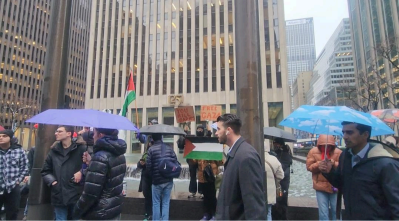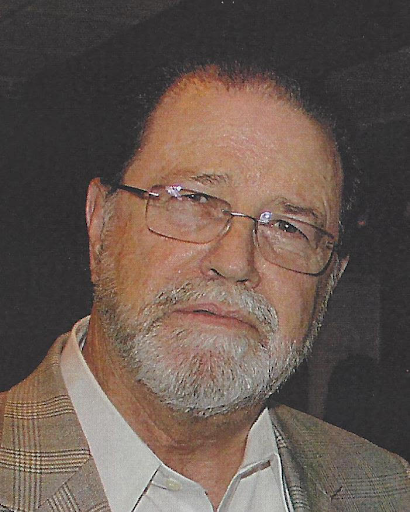Baseball season is officially underway, but in New York City, a new type of Spring Training has just begun.
Over the weekend, over 100 people gathered in Zuccotti Park, just a few blocks from Wall Street, to prepare for the anticipated resurgence of the Occupy Wall Street protests.
Those gathered in the park practiced formations and marching tactics, while police on the outskirts of the park looked on. The protests have been largely quiet since police raided the park last November, but organizers now say they hope to reorganize by May 1.
Organization is the operative word.
The Occupy Wall Street movement dominated headlines for months last year. It spread to countless other cities and college campuses. It brought financial inequity to the forefront of national discussion. The overwhelming response of average Americans was a clear message. This was a cause that nearly the entire population could rally behind. The profile of a member of the 99 percent was one that most everyone could relate to. The Occupy protests ruled our news
not only because of the way they spread, but also as a result of the flood of support from those who agreed with the cause.
A demonstration of this magnitude carried enough weight to influence real change. With its support numbers, widespread geographic locations and
media presence, the Occupy movement could have made a difference. But instead, the protestors were scattered and defeated by police. They were chased inside by the cooling weather of late fall. The movement didn’t simply lose momentum – it was halted in its tracks and faded from the headlines quickly and completely. It was a disappointment, a failure and it happened because there was no organization.
I, like many other aspiring and professional journalists in the city, wandered through the protestors’ camp in the early days of the occupation. Like
those other journalists, I was struck by the lack of harmony among the protestors’ chants. They were all there to voice dissent, but there was no single battle cry. There were hundreds of banners expressing objection, but they all objected to something different. Some were there to argue the war, others the stimulus plan, health care and countless other issues. By the second month of the occupation, the camp was divided into dozens of tiny spheres of influence.
It was nearly impossible to identify the protest’s organizers, not because they wished to remain anonymous, but because there were no leaders. It is a fact established throughout history that a house divided cannot stand. The Occupy Wall Street protests were divided from the beginning, and thus the consequent dissolution came as no surprise. There is no way to predict whether the protests will regain the momentum or support they enjoyed last year. It is possible that people will again lift their banners and cry for change, or we may find that the protests were a trend that has, like so many others, run its course.
Whatever the eventual outcome, the only chance of success for Occupy 2.0 lies in the capacity to organize. Clear leaders must emerge, and they must issue clear
and corresponding statements for followers to understand and rally behind. Those in Zuccotti Park are placing themselves on the right path by holding spring training. They practiced locking arms to form human walls, moving as a unit and executing almost military-like marching orders. A group that has planned and practiced these tactics will be much more difficult to rupture, but this training will only go so far without a concurrence of vision, belief and cause.
The protestors can lock their elbows and march through a wall of police, but without unity of thought, they represent no union at all.
















